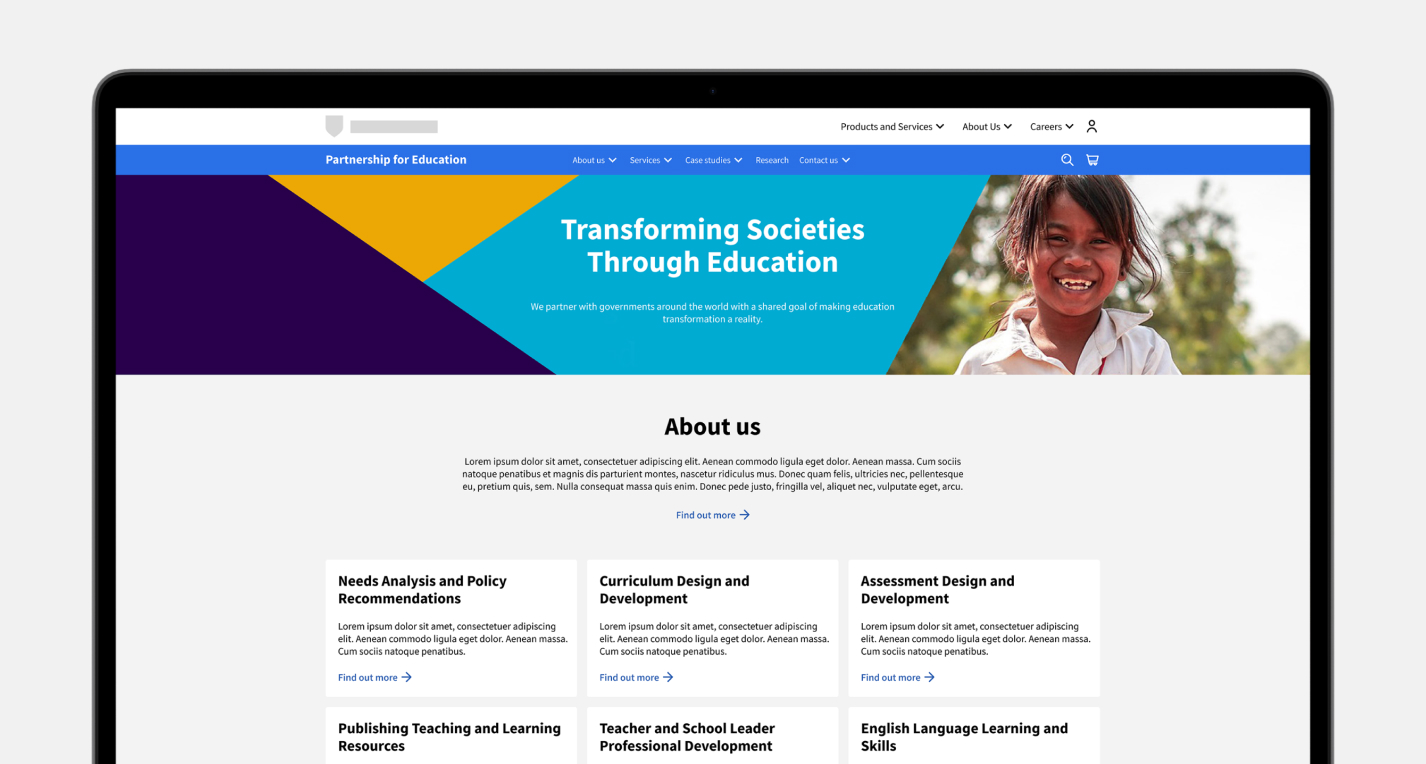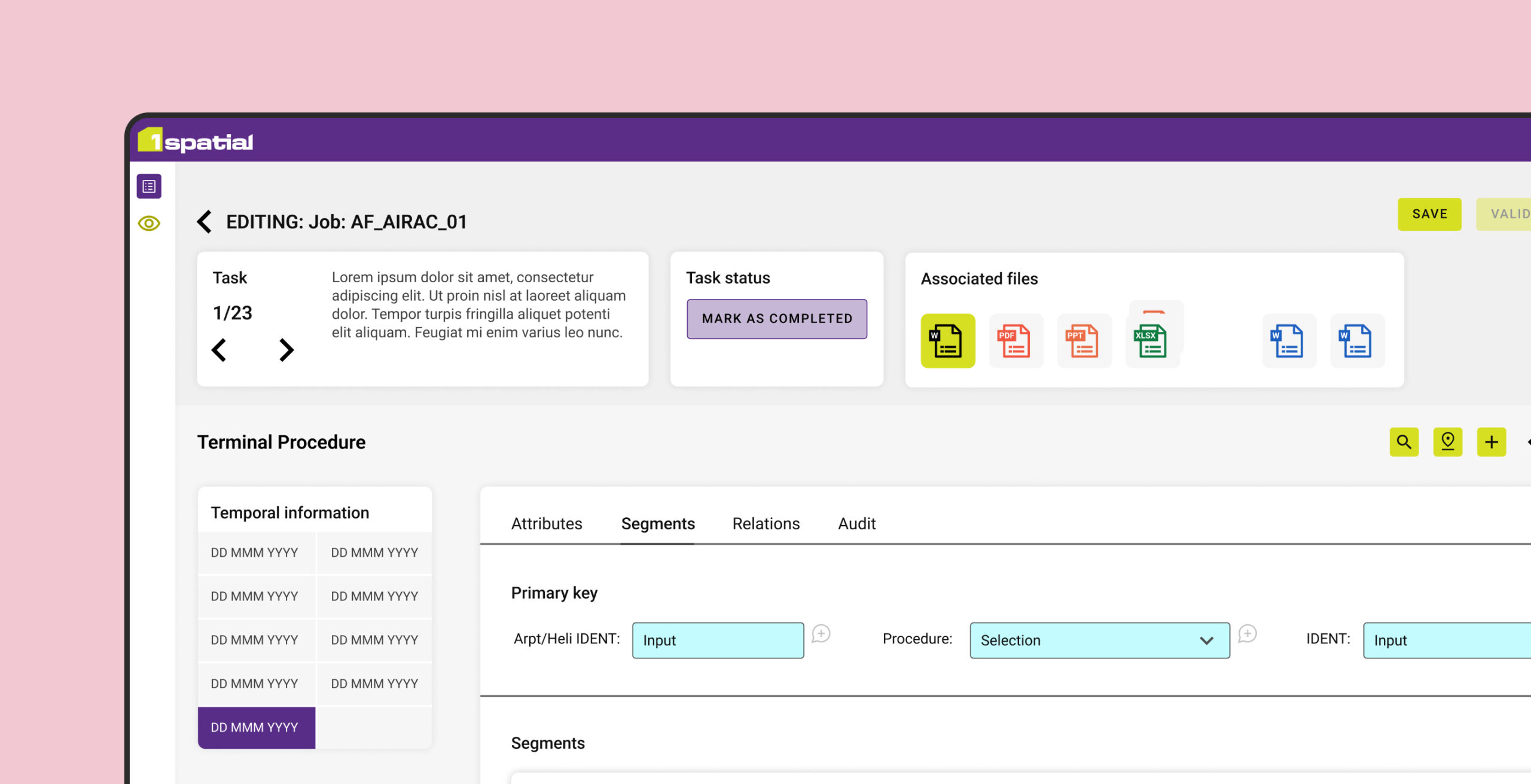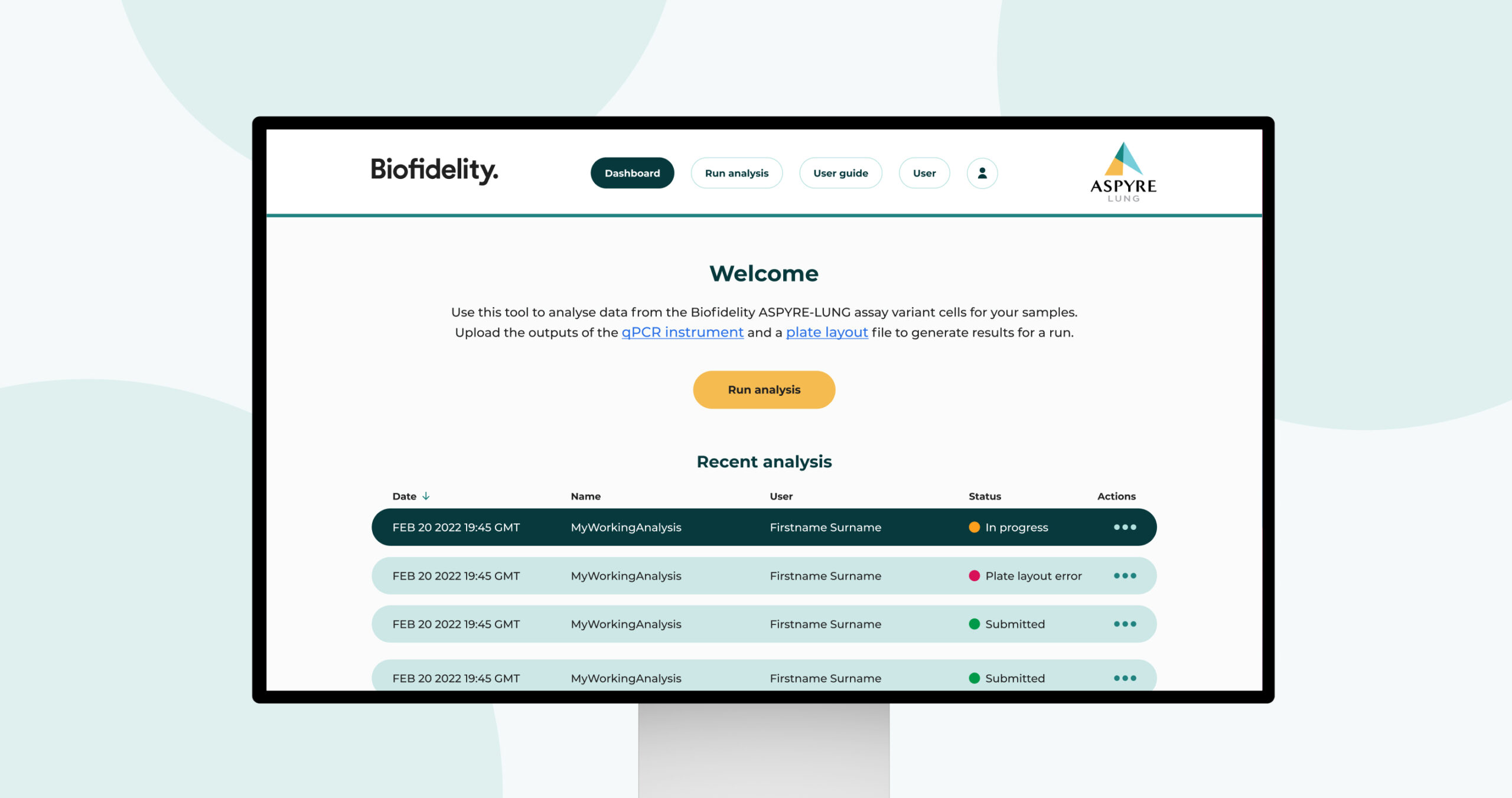UX research agency
User research focuses on gathering information about your target audiences in order to learn more about their behaviours, needs, challenges and preferences.
Understanding your user is an integral part of any successful business. User research methods enable you to gain invaluable insights into different topics such as behaviours, challenges, satisfaction, expectations and more. Analysis of these findings can then be used to test assumptions and to guide informed decision-making. At Make it Clear, user research is at the heart of everything we do; we would use an evidence-based approach, ensuring we test regularly and often. We’re committed to delivering solutions that stand the test of thorough research and user validation. We support a range of research types and can expand the core team using our trusted network to scale to your requirements. Our user research services and inclusive of but not limited to:
- User surveys
- Interviews
- Workshops
- Focus groups
- Observational testing
- Eye tracking
- A/B testing
- Usability testing
- Card sorting
- Tree testing
Introduction to user research
The purpose of user research is to understand the perspective of your target audience(s) to then provide guidance on creating or improving products, services and experiences that meet user expectations. The roots of User Experience (UX) and user research can be traced back to the early days of human-computer interaction and usability engineering. In the 1970s and 1980s, pioneers such as Donald Norman and Jakob Nielsen began exploring the importance of designing technology with the user in mind. Norman’s book “The Design of Everyday Things,” published in 1988, laid the groundwork for understanding the psychological aspects of user interactions with products.
Today, UX user research is an integral part of product development and design processes. It includes a variety of qualitative and quantitative methods, such as user interviews, usability testing, A/B testing, and analytics. Design thinking, a problem-solving approach that prioritises empathy for users, has further reinforced the significance of user research in creating successful and impactful products.
What is user research, and why is it important?
User research is a systematic process of gathering, analysing, and interpreting information about the target users of a product or service. It involves studying users’ behaviours, needs, preferences, and motivations to inform and guide the design and development of user-centric solutions. The valuable insights and actionable feedback gained from usability testing enable our team to make necessary adjustments to enhance the experience and, as a result, increase engagement, improve user satisfaction, and overall business success.
Our UX research services explained
User surveys
Surveys are useful to capture broad quantitive insights and can help to answer ‘how much’ or ‘how many’ style questions. Surveys must contain targeted questions and are well structured to enable them to uncover useful insights into user preferences and behaviours.
Interviews
Interviews are typically conducted with a single participant and may be remote or in person. Interviews use a script to guide the conversation across a chosen topic to uncover attitudinal insights from a participant. This may include discussing past experiences, needs, challenges, preferences and opinions on specified topics. Interviews are a key user research method and help to uncover deep user insights.
Workshops
Collaborative workshops can be conducted with both stakeholders and users. Workshops are useful to support both ideation and co-creation by readily surfacing what is already known as well as leveraging existing experience. Workshops can be conducted remotely or in person, led by a facilitator, supported by a notetaker, and contributions from the participants based on the workshop objectives.
Focus groups
Focus groups are run by a moderator with a number of participants (typically 6 to 9). The moderator will provide the topics and overarching questions to support gathering insights from participants. This method enables dynamic interaction between participants, discussion and diverse perspectives on user experience and expectations.
Observational Testing
This methodology involves the moderator simply ‘observing’ the user as they use the product or service in a natural environment. Once the task is complete or at an appropriate time to pause, the moderator may ask follow-up questions to gather feedback on the task and understand actions. This provides valuable insights into real-world interactions and behaviours.
A/B Testing
A/B testing involves comparing two different subjects ‘A’ and ‘B’. A group of users are shown ‘A’ and others ‘B’ and are either asked to provide feedback or resulting metrics reviewed e.g. click rate, purchase etc. This approach can help identify which approach is most effective and refine user interfaces for optimal performance.
Usability Testing
Usability testing can be conducted moderated or unmoderated and in person or remotely. Participants are asked to complete a series of tasks and then provide feedback. Feedback from real users is crucial to identify usability issues and enable design and product teams to refine and iterate.
Card Sorting
Conducting card sorting with users plays an important role in shaping a logical information architecture. Users are provided with a set of cards and asked to groupings they’d associate with each other. Card sorting can be closed (groups are provided for users to sort the cards into), open (users must create and name their own groups to sort cards into) or hybrid (some groups are provided but users also make their own). Conducting this exercise with users helps to define intuitive content categorisation and an effective navigation structure.
Tree Testing
Tree testing is similar to card sorting in that it helps to refine navigation structures for an enhanced user flow. Within tree testing, users are asked questions on where they would expect to find a page in a navigation ‘tree’. This helps to test and ensure the findability of information
Benefits of user research
Understanding your audience leads to more effective user-centric decision-making. In turn, this can lead to higher rates of user satisfaction and engagement. User research has several core benefits, including:
An understanding of user needs: with an accurate understanding of user needs, we can design products and services that fulfil their intended purpose. Continuous user research supports an iterative design process. By gathering feedback and making incremental improvements, designers can create a product that evolves and adapts to meet user needs effectively.
Risk mitigation: user research can identify early potential issues and challenges; these can then be addressed as early in the design process as possible.
User satisfaction: ultimately, satisfied users are more likely to become loyal customers. User research contributes to building products that meet expectations and delight users, fostering positive relationships between users and the brand.ROI: investing in user research early in the development process can save resources by preventing the need for major redesigns or pivots later on. It helps ensure that resources are allocated effectively to features and functionalities that matter most to users.
User research methods and tools
User research encompasses both quantitative and qualitative methods, each serving distinct purposes in understanding user behaviour, preferences, and experiences. Quantitative user research involves the collection and analysis of numerical data to understand user behaviour, preferences, and patterns on a large scale. It aims to quantify measurable aspects, providing statistical insights into user interactions with a product or service. Qualitative user research involves the collection and analysis of non-numerical data to gain a deeper understanding of user experiences, perceptions, and motivations. It aims to uncover rich insights through open-ended exploration and interpretation.
Choosing the correct UX research method can be challenging, do have a look at our article ‘How do I choose the correct UX research method?‘ for a deep dive into this.
Quantitive methods
- Surveys: Surveys help to reach large audiences to gather quantitative data at scale. They can be used to capture information such as attitudes, satisfaction, opinions etc.
- A/B testing: A/B testing is useful for comparing different versions of a digital product. As a result of quantitive metrics delivered, data driven decisions can be made in order to optimise the user interface.
Qualitative methods
- User Interviews: In-depth interviews can be conducted with stakeholders or users. Interviews enable valuable deep insights to be gathered into user perceptions, attitudes, thoughts and feelings about a product service or brand.
- Usability Testing: User testing is often conducted with wireframes, prototypes, early releases or existing products. Users are asked to complete tasks and provide feedback. This method helps to identify user behaviours and how they interact with a product and uncovers areas to be improved and refined.
Hybrid methods
- Card Sorting: Card sorting is used as a means to understand user expectations for content grouping. The outcomes of how users most commonly group the cards then inform setting the information architecture for the site in a way that is intuitive for users.
- Tree Testing: Tree testing is a valuable exercise to validate a digital product’s navigation structure. It helps to evaluate user understanding of the proposed or existing information architecture and how this is labelled.
Combining methods for robust insights
Using multiple research methods in what is called triangulation helps to enhance the reliability and validity of research findings. Different research methods complement each other to provide a more holistic view. For example, surveys can be used to gain initial insights into satisfaction and opinions and then user interviews or usability testing can be used to see behaviours in action and gain deeper insights.
Supporting your users' needs
Develop enhanced user understanding
Increase user satisfaction
Make informed decisions
The 5 stages of user research
Stage 1: Define the goals and objectives of the research
We first look to define the research’s purpose, aim and objectives. This enables us to ensure the correct research method or methods are selected to uncover the information required, as well as recommendations to answer the objectives of the activity.
Stage 2: Research plan and script
We then create the research plan, which outlines the activity, including the research method, objectives, process, responsibilities, dates and locations. The research plan also documents who should participate in the research, once participants have been identified, MiC can support with setting up sessions. From this, we then create the script in line with the selected method, which is shared to review before the research is with stakeholders.
Stage 3: Conducting the research
Make it Clear will conduct the research, which may take different formats depending on the method selected. This may be conducted in the users’ environment, in a research lab or remotely by our experienced strategy and research team.
Stage 4: Analysis
Following the completion of the research, we will then synthesise and analyse the findings to identify themed insights. It is these insights that guide the definition of actionable recommendations and look to answer the research objectives.
Stage 5: Reporting
Our analysis and recommendations are then documented within an in-depth report which outlines the methodology, objectives, insights and recommendations. This is presented back to key stakeholders to support discussion around recommendations and ensure aligned understanding.
What’s included
Firstly, we define the purpose and goals of the research. From this, if not already clear, we can select the most appropriate user research method. We then develop a research plan documenting the objectives, methodology, participant criteria, and any other relevant information prior to developing the research script. Once the research is complete, we conduct a comprehensive analysis of the research to inform evidence-led insights and recommendations. Finally, we create an in-depth report, which is presented back to stakeholders to share insights and discuss recommendations and next steps.
Why choose Make it Clear
At Make it Clear, we take an evidence-based approach to everything we do. Understanding your organisation, audiences, and the context in which they interact is paramount to the way we work and deliver a best-in-class user experience. We have over 20 years of experience with a range of industries.
Why not consider supporting your requirements with a design retainer?
A design retainer is a contractual agreement between Make it Clear and your company, ensuring access to our design services over a designated period. This arrangement offers a streamlined and cost-effective solution tailored to consistently meet your needs. Discover more about our design retainer services on our dedicated page.




